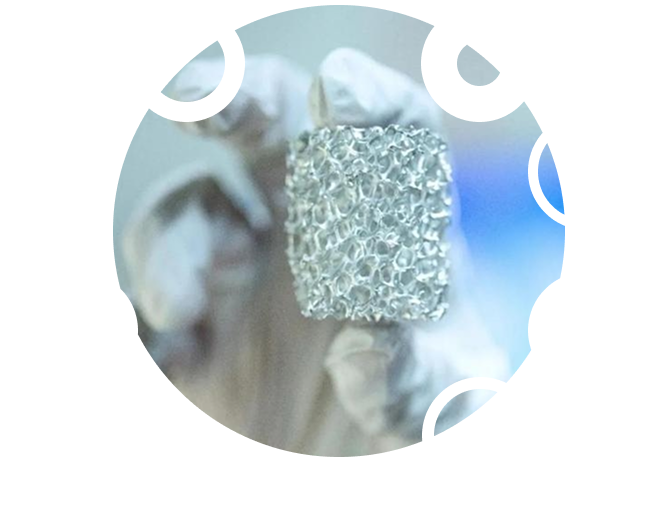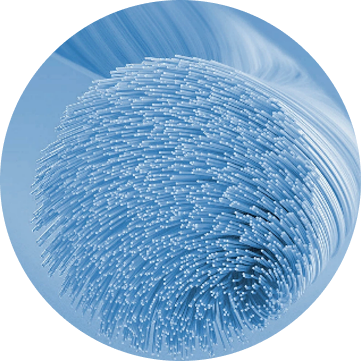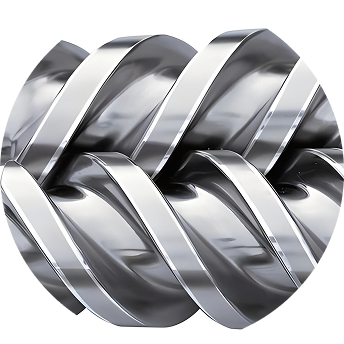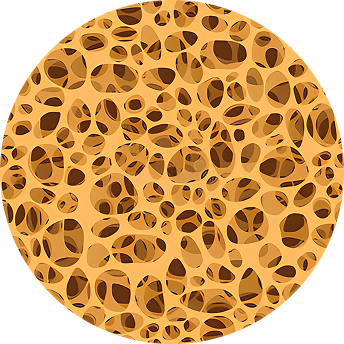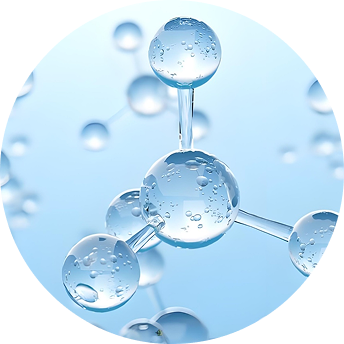AQFILM Membrane (Jiaxing) Co., Ltd. has established the AQFILM High-Tech Research & Development Center for Organic Separation Membrane Materials, which has passed the certifications for ISO 9001:2015 Quality Management System, ISO 14001:2015 Environmental Management System, and ISO 45001:2018 Occupational Health and Safety Management System. Our product models AFN-N8050D and AFD-N1080 have obtained the U.S. NSF Certification.
The company has been recognized as a National High-Tech Enterprise, National Science and Technology-Based Small and Medium Enterprise, Zhejiang Provincial Science and Technology-Based Small and Medium Enterprise, and Zhejiang Provincial Specialized, Sophisticated, Unique and New Small and Medium Enterprise. It serves as a Council Member of the Municipal Water Supply and Drainage Application Branch of the China Membrane Industry Association, a member of the China Environmental Protection Machinery Industry Association, and a member of the China Water Conservancy Enterprise Association.
The company was awarded the 2021 Innovation Vanguard Honor by the Water Saving and Water Treatment Branch of the China Industrial Energy Conservation and Clean Production Association. Its leading product, AFP-H8080, received the 2023 (6th) Water Industry China "Starlight Award" Product Star Honor issued by the Organizing Committee of the Qingdao International Water Conference.
As of April 2025, the company has obtained 18 authorized patents, including 8 invention patents, 9 utility model patents, and 1 design patent. It also holds 3 software copyrights and has 5 invention patents pending.
